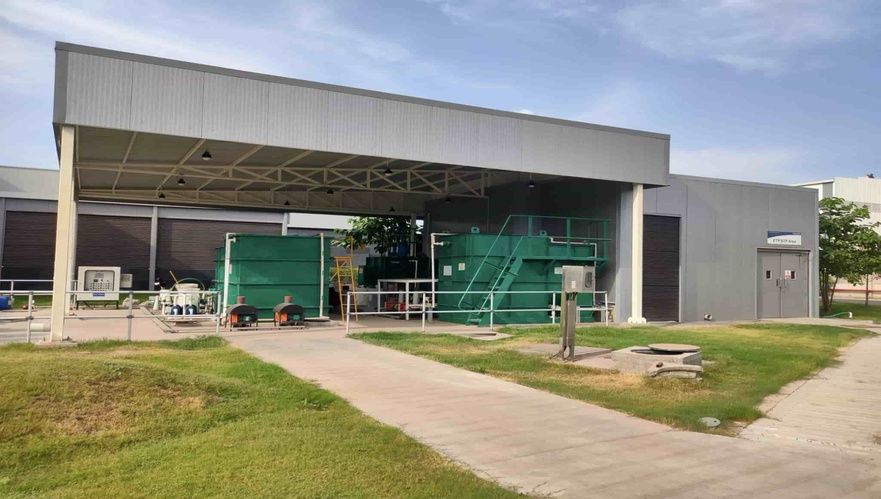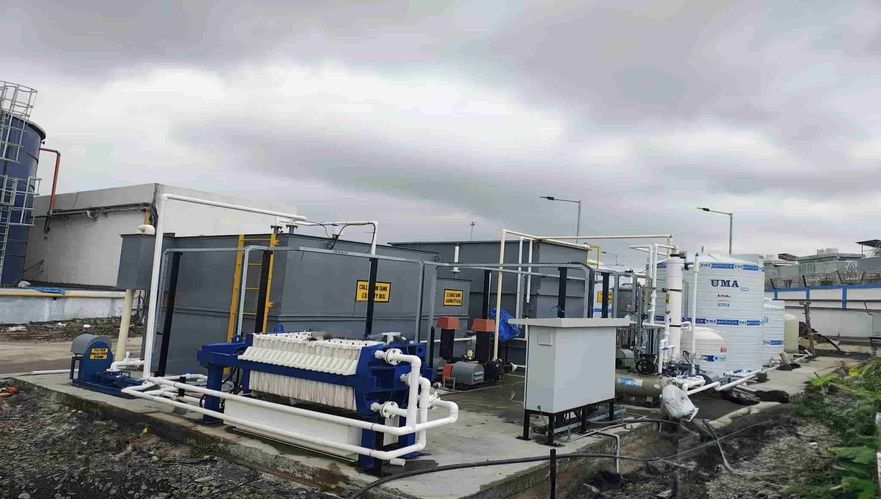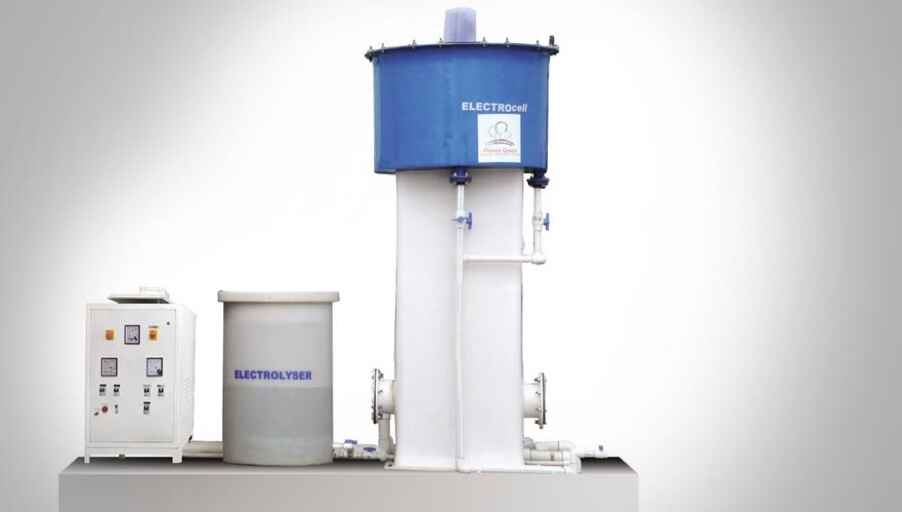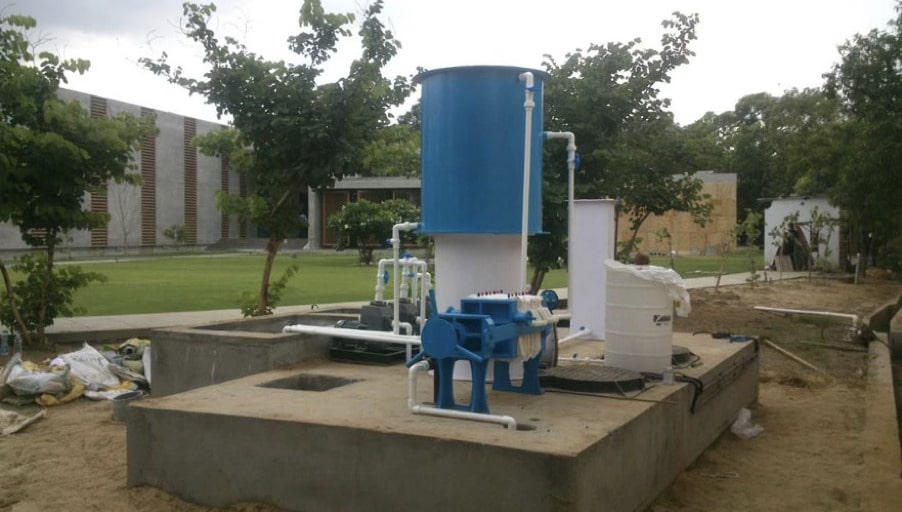Sewage Treatment Plants (STP)
Introduction
Sewage Treatment Plants (STPs) are essential systems designed to treat and purify domestic and industrial wastewater before discharging it into the environment or reusing it. With increasing environmental regulations and rising urbanization, STPs play a critical role in safeguarding public health and preserving water resources
At BT Water, we offer advanced and reliable STP solutions that are engineered to meet regulatory standards and custom-built to fit your specific needs—be it residential societies, commercial complexes, industrial parks, or institutions.
Applications of STPs
- Residential Colonies & Townships
- Commercial Complexes & Shopping Malls
- Hotels, Resorts & Hospitals
- Educational Institutions & Hostels
- Industrial Parks & Manufacturing Units
- Railway Stations, Airports & Government Facilities
STP Technology Comparison Table
| Technology | Process Type | Footprint | Automation | Sludge Generation | CAPEX | OPEX | Suitability |
|---|---|---|---|---|---|---|---|
| Inlet | Biological (aerobic) | Compact | Moderate | Medium | Moderate | Moderate | Industrial, Commercial, Decentralized Plants |
| SBR | Sequential Batch | Medium | High | Low | High | Low | Housing Societies, Hotels, Institutions |
| ASP | Conventional | Large | Low | High | Low | High | Large-scale municipal and industrial plants |
| ESTP(Electrolytic) | Physico-chemical | Very Compact | High | Very Low | High | Very Low | Compact installations, retrofit applications |
| Extended Aeration | Modified ASP | Medium | Low | Medium | Moderate | Moderate | Institutions, mid-sized communities |
| Packaged Modular STP | Custom (Plug & Play) | Very Compact | High | Low | Moderate | Low | Temporary sites, remote areas, quick setup |
Technology Deep Dives
A. MBBR (Moving Bed Biofilm Reactor) STP
Overview:
MBBR technology uses specially designed bio-media suspended in aeration tanks to support biofilm
growth. These media enhance the surface area for microbial activity, enabling efficient treatment in
a compact footprint.
Process Flow:
Equalization → Screening → MBBR Reactor (with aeration) → Secondary Clarification → Filtration →
Disinfection
Advantages:
- Space-efficient
- Low sludge production
- Easy to operate
- Effective for fluctuating loads
Ideal For:
Hotels, mid-size communities, residential townships
B. SBR (Sequential Batch Reactor) STP
Overview:
SBR systems treat sewage in timed batches, incorporating fill, aeration, settling, and decanting in
a single tank. This eliminates the need for secondary clarifiers.
Process Phases:
- 1.Fill
- 2.React (Aeration)
- 3.Settle
- 4.Decant
- 5.Idle
Advantages:
- Compact design
- Automated operations
- No need for separate settling tanks
- Suitable for variable flow
Ideal For:
Smart cities, resorts, institutions with irregular inflow
C. Activated Sludge Process (ASP)
Overview:
ASP is a conventional biological treatment method where microorganisms are suspended in sewage to
break down organic matter, followed by sedimentation.
Process Flow:
Aeration Tank → Secondary Clarifier → Return Activated Sludge (RAS) → Excess Sludge Removal
Advantages:
- Proven technology
- Handles high BOD/COD loads
- Suitable for large plants
Limitations:
- Large footprint
- High sludge generation
- Intensive O&M
Ideal For:
Industrial zones, legacy plants
D. Electrolytic Sewage Treatment (ESTP)
Overview:
ESTP leverages electrocoagulation and electro-oxidation via metal electrodes to destabilize and remove pollutants without the need for biological digestion or heavy chemicals.
Process:
Electrodes release ions that react with impurities → Coagulation → Floc formation → Sedimentation → Optional filtration/disinfection
Technical Specifications:
- Voltage Range: 12–48V DC
- Electrode Material: Aluminium or Iron
- Treated Water Output: <10 mg/l BOD, <10 mg/l TSS
- Power Consumption: ~0.5–1.5 kWh/m³
Advantages:
- No odor, minimal footprint
- Low maintenance, no biological load
- No civil construction required
- Rapid start-up/shutdown
Ideal For:
Remote locations, decentralised wastewater treatment, retrofits in space-limited areas
Why BT Water’s STP Solutions?
- Custom-engineered based on space, flow, and discharge norms
- Compliance with CPCB & local PCB standards
- Remote monitoring & PLC/SCADA options available
- Long-term AMC and O&M support
- Proven installations across residential, industrial, and hospitality sectors
How to Choose the Right STP Technology
Consider the following factors:
- Inflow volume and fluctuation
- Land availability
- Required output quality (BOD, COD, TSS)
- Budget (CAPEX vs OPEX)
- Operational manpower available
Need help choosing the best technology? We offer free consultations.





